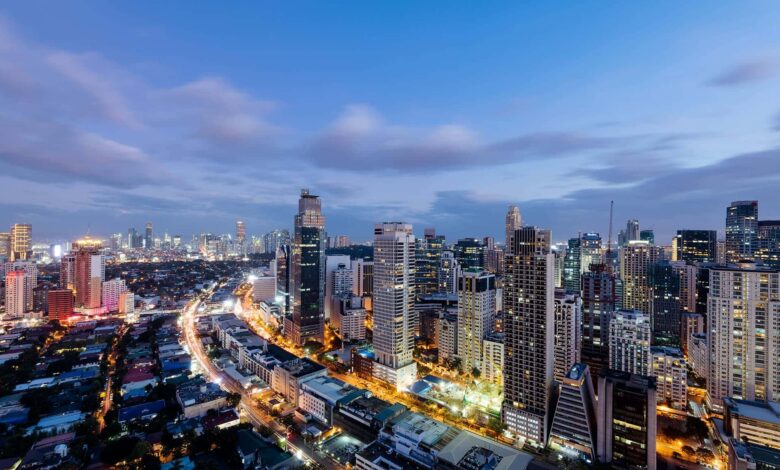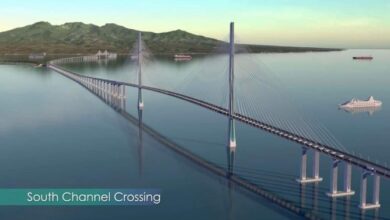
How Infra Development Fuels Economic Growth in the PH
In the heart of the Philippines, change is afoot. Infrastructure development is the driving force behind the nation’s economic transformation. Developing infrastructure fuels economic growth. The story of the Philippines’ growth is written in its roads, bridges, ports, and airports. These projects, often underestimated, are the pillars upon which prosperity is built. Let’s delve into the fascinating journey of how infrastructure development ignites economic growth in the Philippines.
Connecting Dreams and Destinations
The Philippines, an archipelago of over 7,000 islands, faces the challenge of connecting its diverse regions. Enter infrastructure. It’s not just about building roads; it’s about uniting aspirations. Well-constructed highways reduce travel time, lower transportation costs, and enable smoother trade. The “Build, Build, Build” program of the Duterte administration epitomized this mission, ensuring that people, goods, and ideas flow seamlessly across the nation.
Jobs and Rising Tides
Construction isn’t just about bricks and mortar; it’s about livelihoods. Infrastructure development is a jobs engine. It creates employment opportunities in construction, engineering, and related sectors. The result? Reduced unemployment, a growing middle class, and increased household incomes. It’s not merely concrete; it’s the foundation of hope for countless families.
Tourism’s Rising Star
Imagine pristine beaches, lush mountains, and vibrant cities. Now imagine the ease with which travelers can reach them. Improved airports, highways, and accommodations have turned the Philippines into a tourist hotspot. Infrastructure investment in the tourism sector has led to a surge in visitors, benefiting the hospitality industry and local businesses. It’s a win-win for everyone involved and shows how infrastructure fuels economic growth.
From Farm to Fork
Agriculture is the cornerstone of the Philippine economy, fostering robust economic growth. Infrastructure plays a pivotal role in elevating agricultural productivity and fueling economic growth. Irrigation systems, farm-to-market roads, and storage facilities make it easier for farmers to get their products to market, thereby contributing to economic growth. The result is a more efficient agricultural sector, increased food production, and a boost in exports, all of which collectively drive economic growth.
Foreign Investment’s Favorite
Investors seek stability and convenience. A country with well-developed infrastructure is inherently more attractive. It signals a commitment to progress and ease of doing business. Foreign companies are drawn to the Philippines, bringing capital, technology, and jobs. It’s not just roads; it’s pathways to international partnerships.
The Future is Green and Resilient
Sustainability is key. Green infrastructure and disaster resilience are not just buzzwords; they’re investments in the future. Building infrastructure that withstands environmental challenges safeguards the economy and reduces long-term costs. It’s more than progress; it’s safeguarding progress.
Building Beyond Manila: A Timely Transformation

As a testament to the country’s commitment to growth, consider the recently unveiled Villar City, an exemplary case of infrastructure-driven transformation. This new city is a mark of progress, connecting communities, boosting trade, and creating opportunities for a better economy for the South.
To sum it up, the Philippines is rising on the wings of infrastructure development. It’s not just about building; it’s about building dreams. The impact ripples through the economy, creating jobs, enhancing tourism, empowering agriculture, and attracting foreign investment. As the Philippines continues to build its future, remember, it’s not just roads and bridges; it’s the road to economic prosperity.




